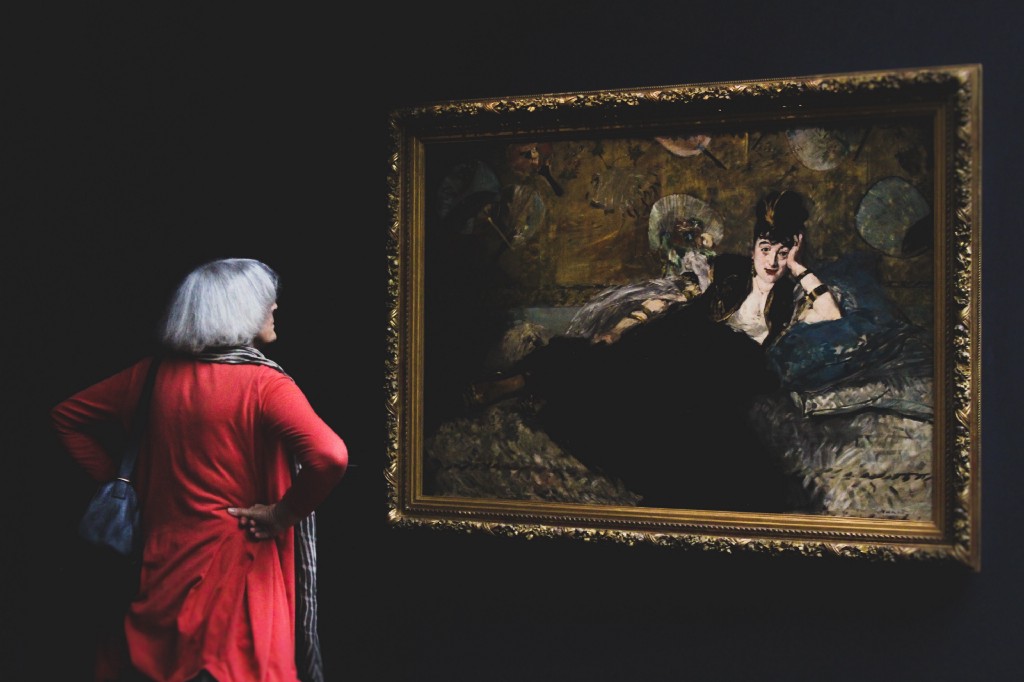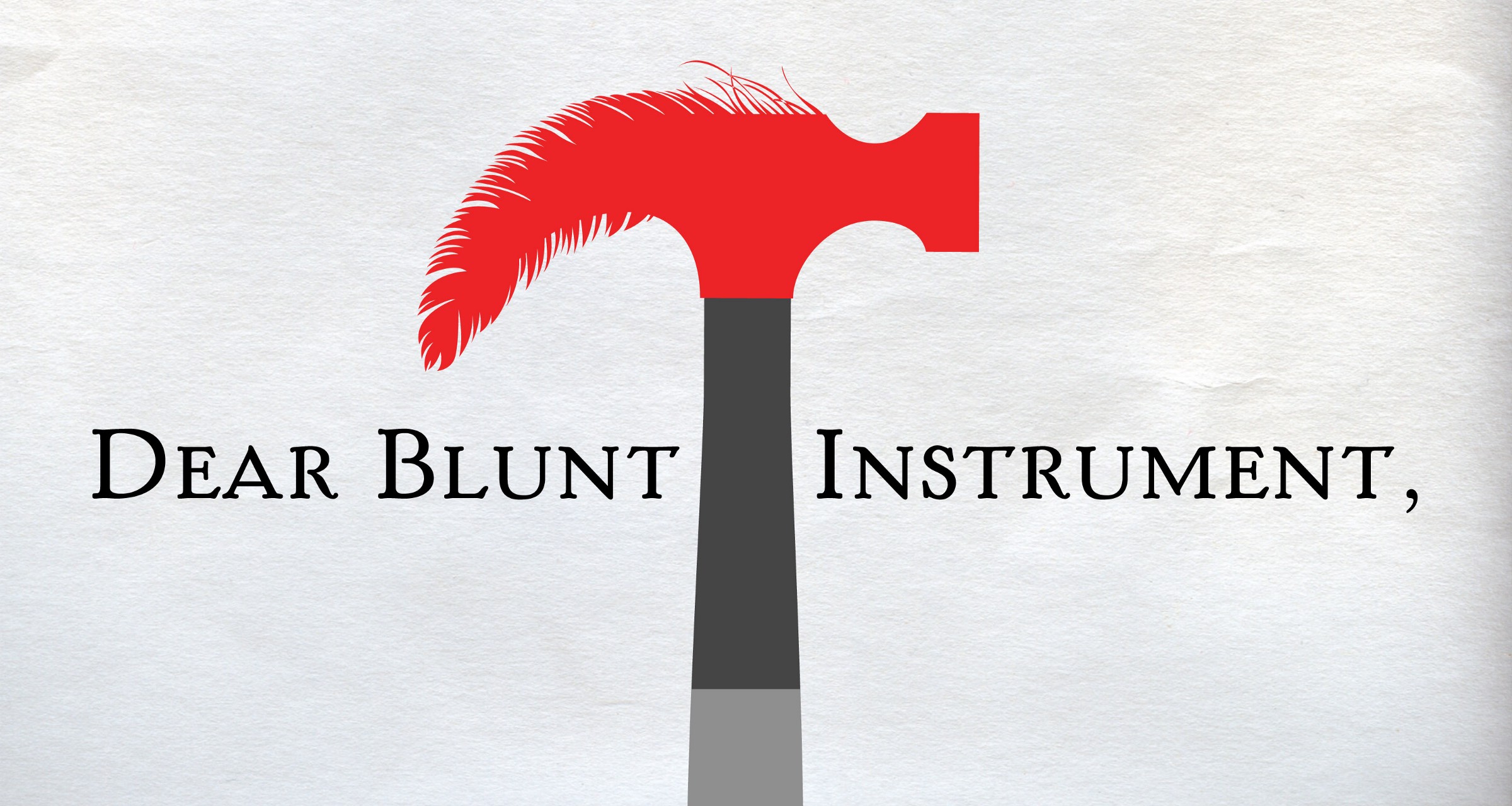Lit Mags
The Humble Simple Thing
by Sheila Heti, Art and Cut-up by Sara Lautman
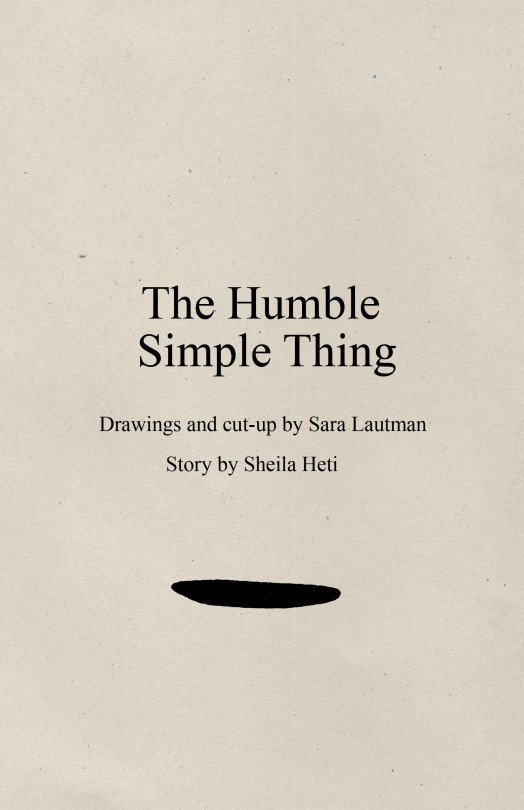
AN INTRODUCTION BY HALIMAH MARCUS
“The Humble Simple Thing” is a skeleton of a Sheila Heti story, a “cut-up” by the artist Sara Lautman, who also illustrated the text. I had never heard of a cut-up before, but I love the concept. The opposite of a supercut, which tries to capture everything of a kind, a cut-up winnows a story to its essence.
Here, Lautman’s cut-up of Heti’s original “R. Rose” — an un-edited, heretofore unpublished 1,500-word story — takes on a new life. I’ve always found reading Heti’s work invigorating; as Lautman put it in an interview for Electric Literature, her and I share a love for the “full frontal engagement with feelings, grasping the handles, tenacity mixed with compassion, gameness, trying to really solve problems.” Many times, reading Heti’s most recent novel, How Should A Person Be?, I thought, If I had a mind like this I would never be bored.
I first read “The Humble Simple Thing” without knowing Heti and Lautman’s collaboration process: I thought Heti wrote only these lines and in this order. I was again flabbergasted (in a good way) as I had been reading How Should A Person Be?. This is how she writes, I thought. Leaping from idea to idea with abandon, glancing back over her shoulder at the reader, yelling, Come on!, like that childhood friend who is always faster, funnier, and more adventurous. Perhaps the work of turning a story like this into a novel was adding in the stepping stones in between those ideas, a path for us timid kids.
Heti is always, thrillingly, one step ahead, but Lautman’s selection of sentences, as well as her gritty illustrations, are as essential to “The Humble Simple Thing” as the words themselves, and deserve enormous applause. By “cutting up” Heti’s story, Lautman has created a reading experience that relies on intuition. The lines she’s chosen are the sort that get caught on loop as I’m walking to the subway, the refrains of everyday wanting: “Who does one do this for?” Yet it would be impossible to go from lines like, “Then the man goes with the woman and they live in whatever apartment they choose,” to “You think they have a good life and you are right. Wings, extra,” without the texture of the illustrations — the gloriously rough stepping stones beneath your feet.
Halimah Marcus
Editor-in-Chief, Electric Literature’s Recommended Reading
The Humble Simple Thing
Sara Lautman & Sheila Heti
Share article
by Sheila Heti, Art and Cut-up by Sara Lautman


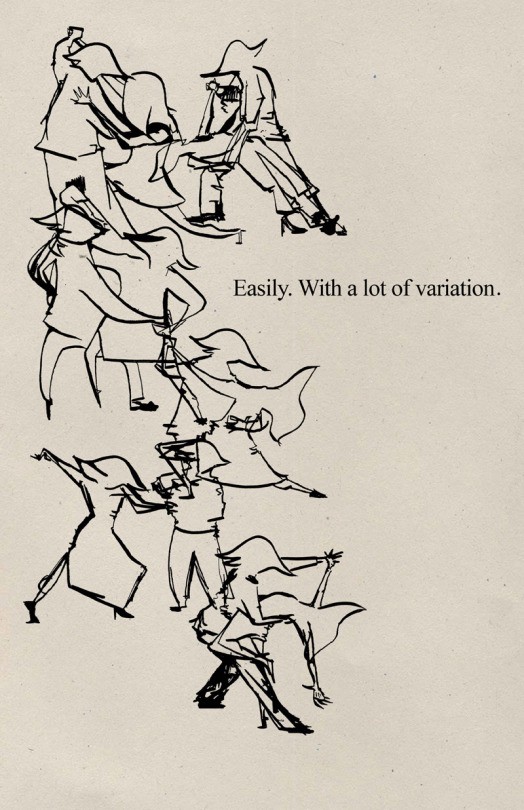







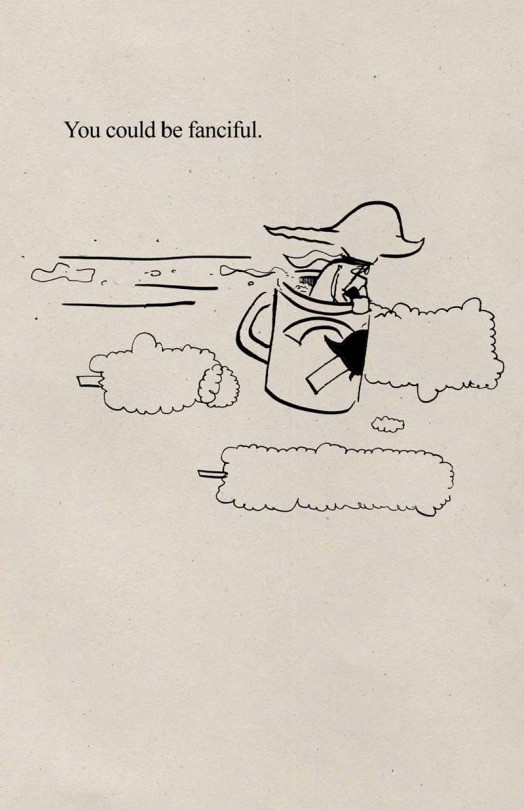


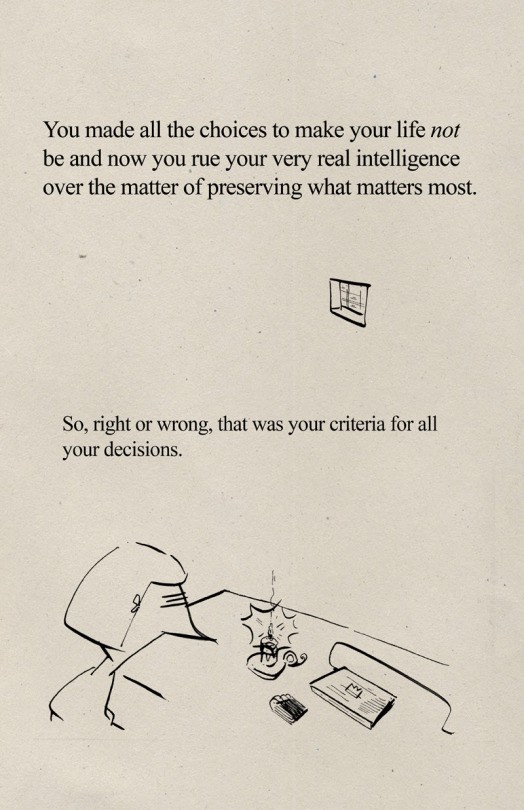
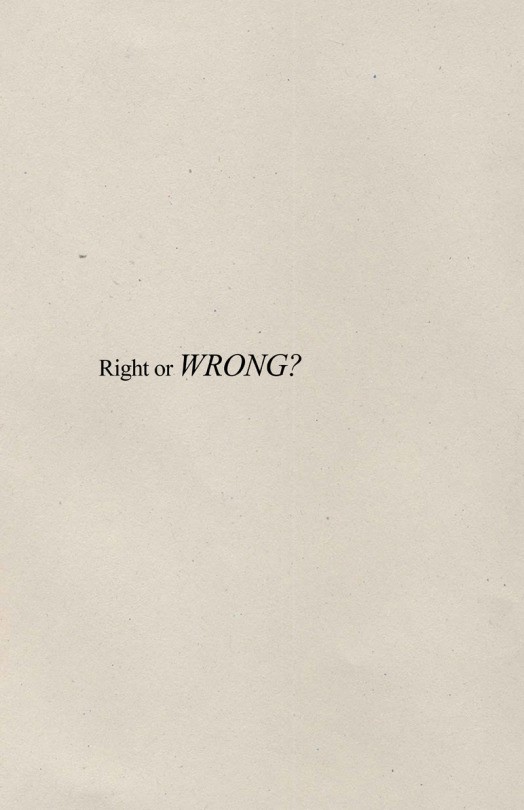

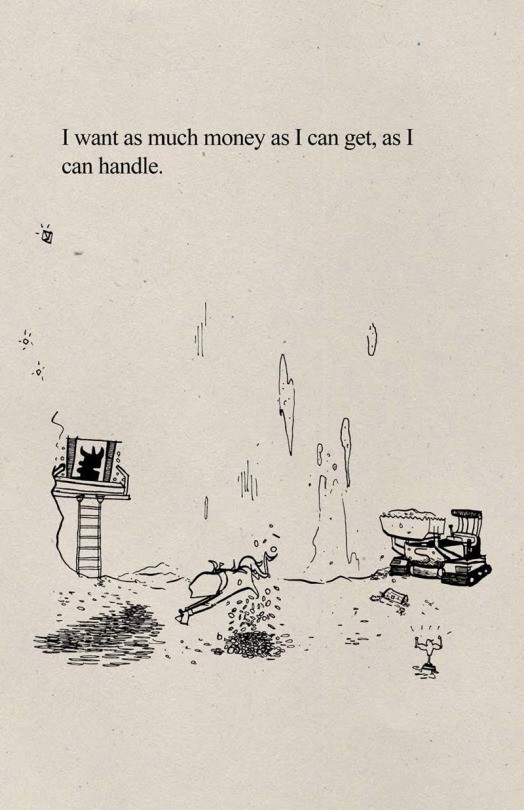



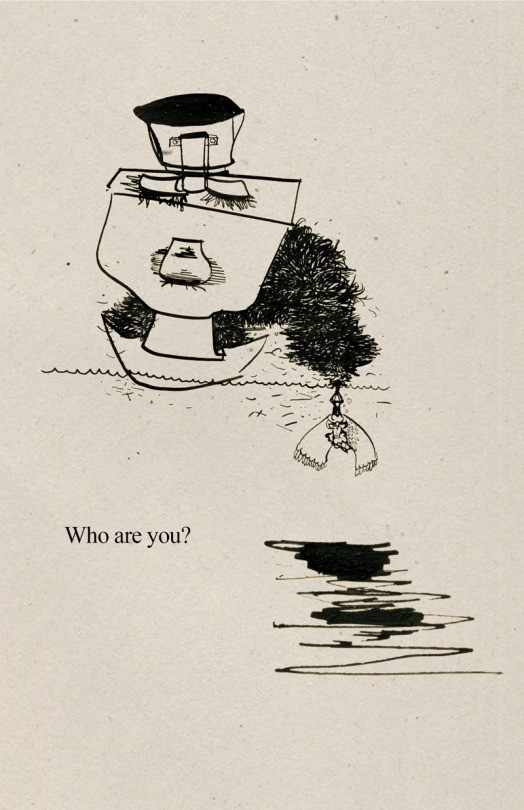

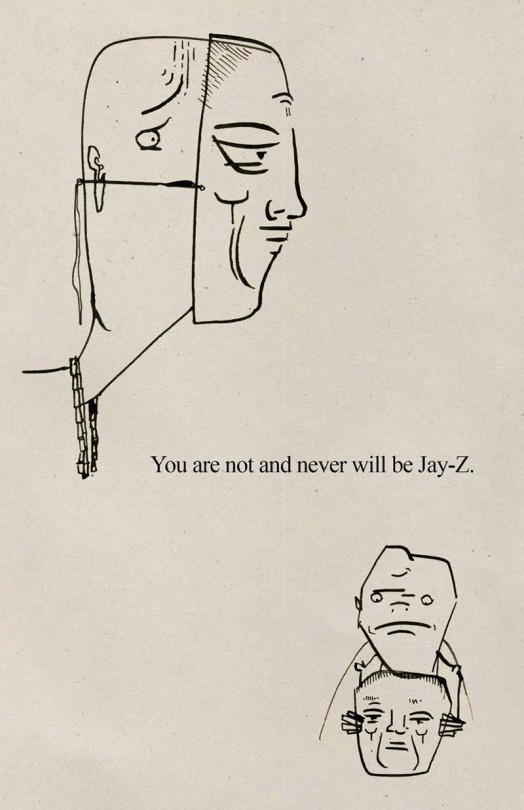
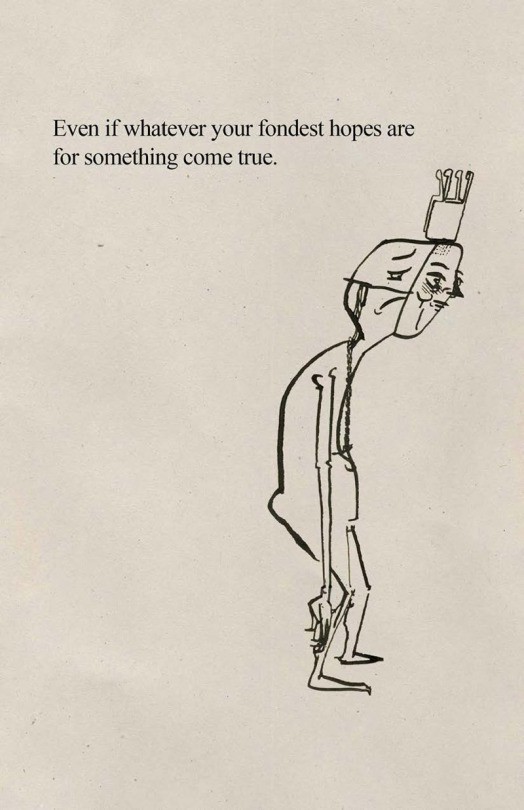


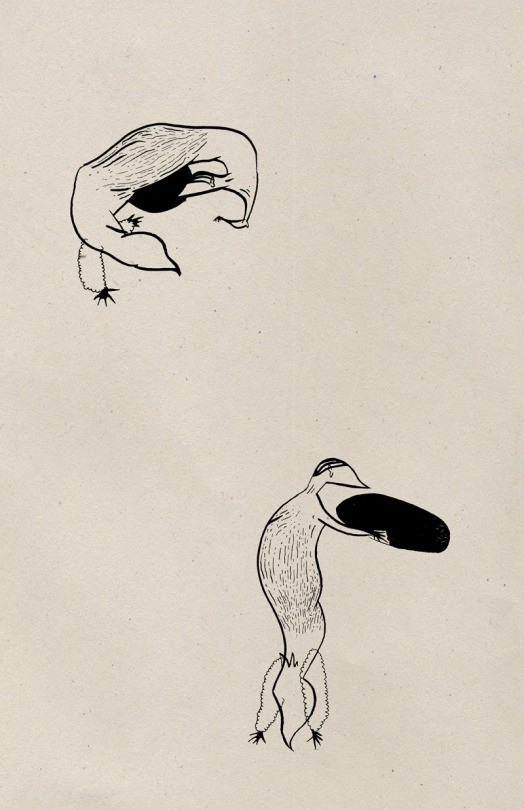



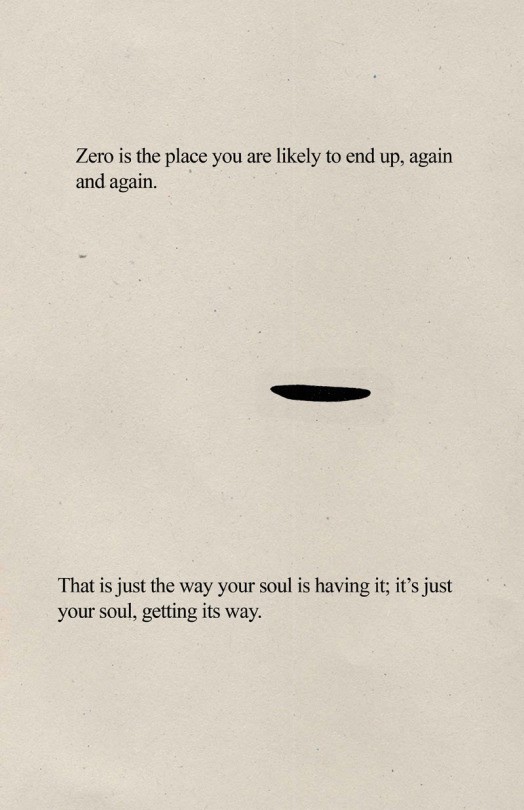

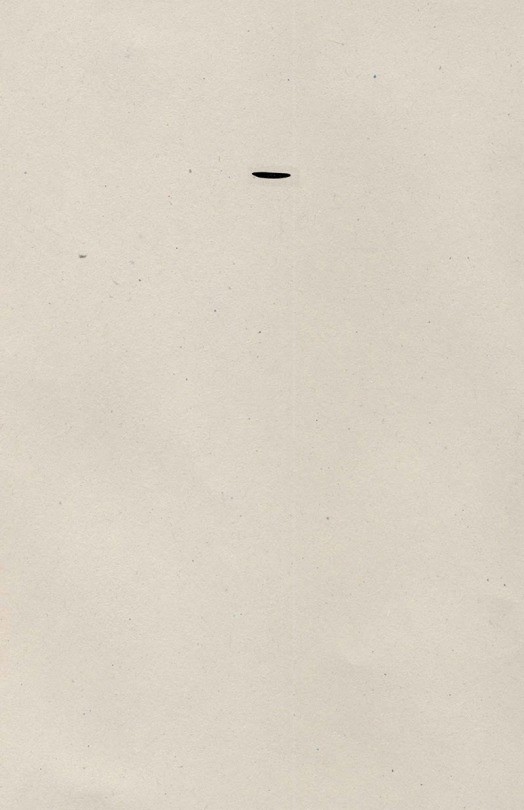
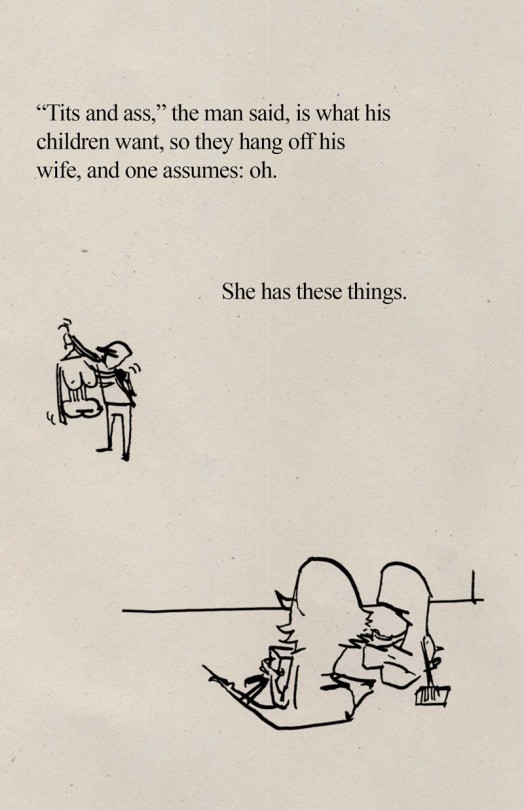


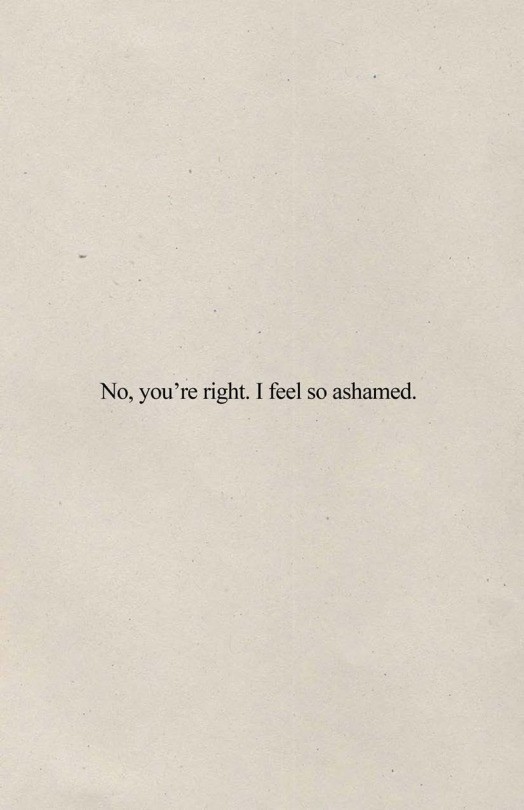


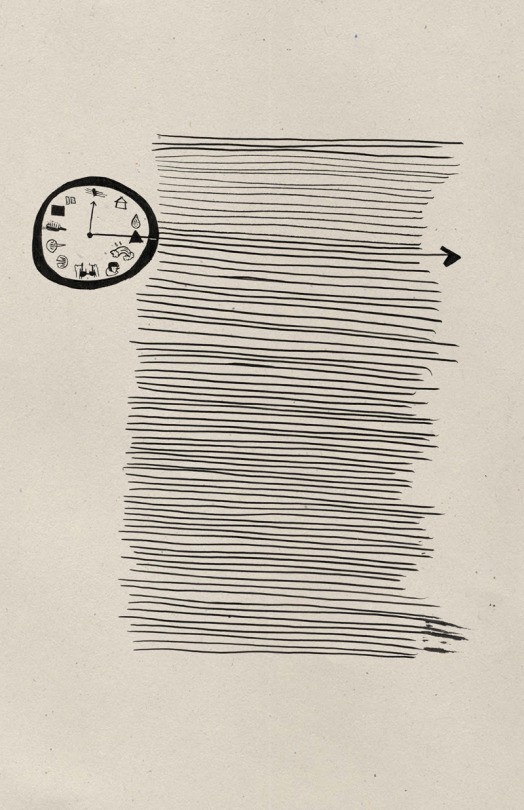
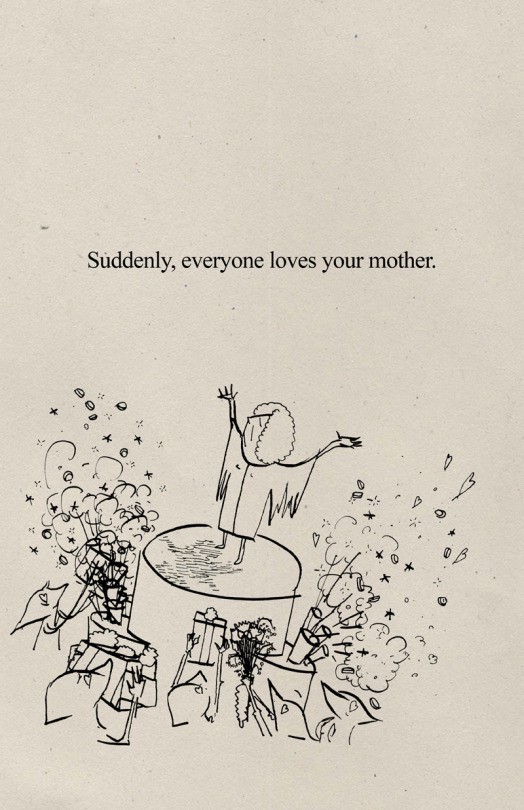







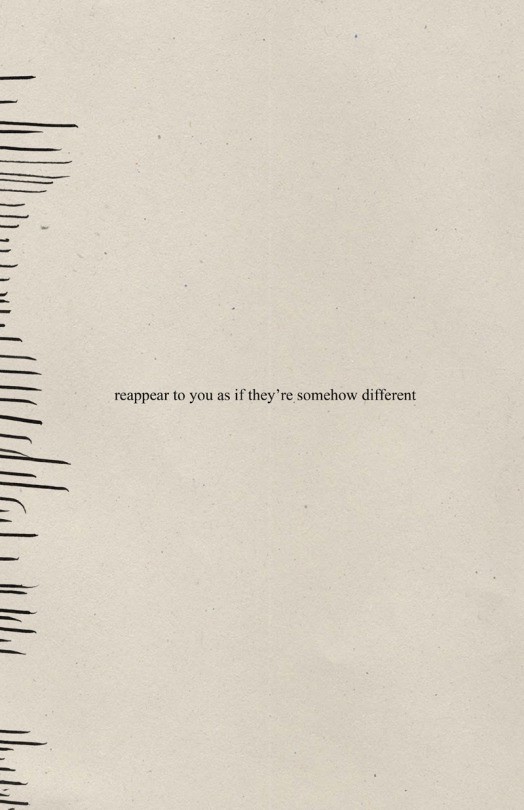






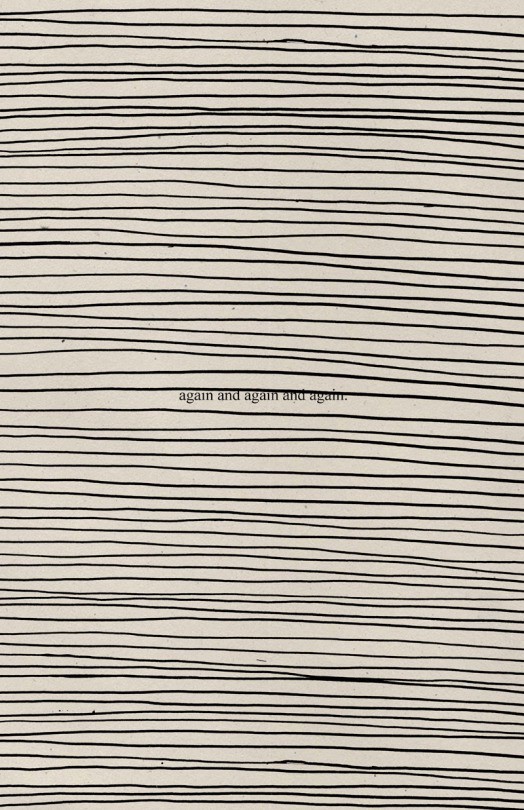



For more, read Electric Literature’s interview with Sheila Heti and Sara Lautman.





